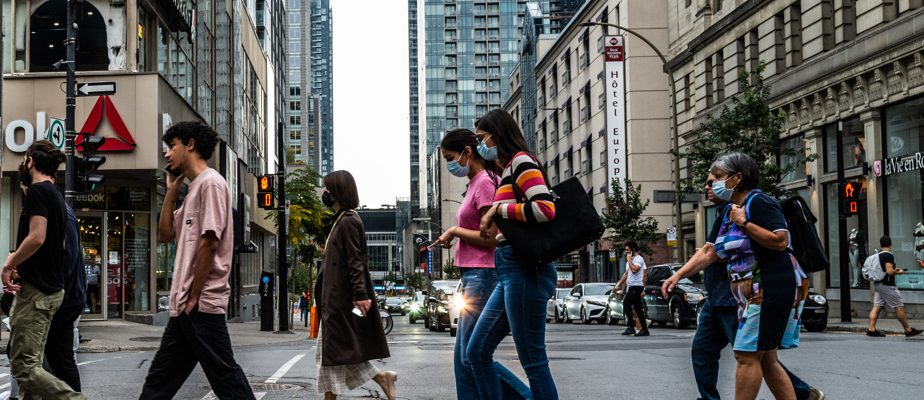(Paris) Tens of millions of people around the world are believed to be suffering from long-term COVID-19, and, four years after the start of the pandemic, researchers continue to make progress in the “puzzle” of this post-infectious syndrome, with the hope of better treatment of the sick.
Long COVID-19 is the name given to a wide variety of symptoms usually present within three months after infection and persisting for at least two months after infection with the SARS-CoV-2 virus, the most common being fatigue, shortness of breath, muscle pain, brain fog.
While the number of people affected by this phenomenon remains difficult to assess, it would represent 10 to 20% of people who have contracted COVID-19, according to the World Health Organization (WHO).
Many teams around the world are still working on the mechanisms, diagnosis or treatment of this phenomenon. Several recent works seem to mark progress.
A study published in January in the journal Science showed significant differences in blood proteins among more than 110 patients who had COVID-19, including 40 with symptoms six months after initial infection.
It is a “central piece of the puzzle” to explain why COVID-19 stays in some people’s bodies for so long, Onur Boyman, Swiss researcher and lead author of the study, told AFP.
“All aspects” of life
Part of the body’s immune system – the complement system, which normally fights infections by killing infected cells – apparently remains active, continuing to attack healthy targets and causing tissue damage, these researchers say.
The team found that when people recovered from long COVID-19, this complement system also improved, according to Onur Boyman. “This shows that long COVID-19 is a disease and that it is possible to measure it,” added this researcher, raising hope for the identification of specific markers.
For Lucia, a U.S. resident with long-term COVID-19 who preferred not to give her last name, “studies like these bring us a lot closer to understanding the disease.”
Another recent study in patients with long COVID-19, published in Naturedetected abnormalities in muscle tissue and a dysfunction of mitochondria – sources of energy for the cell – which could explain the great fatigue of some.
Climbing the stairs to her apartment thus became an ordeal, Lucia tells AFP, who could never have imagined how COVID-19 would lastingly “affect all aspects of her life, even social and financial.” and how “disbelief or rejection from the medical community or social circles” sometimes added to health problems.
The importance of patient support is underlined by a study published this week in the British Medical Journal, which found that group rehabilitation improves the quality of life of patients suffering from post-COVID-19 syndrome.
Elusive because “multisystemic”
The protection of vaccines against SARS-CoV-2 against the risk of long COVID-19, in adults and children, has been confirmed by several recent studies.
But, for now, long COVID-19 still remains elusive because it is “multi-systemic,” while “our minds are trained to think about diseases based on organ systems,” Ziyad told AFP Al-Aly, clinical epidemiologist at Washington University in St. Louis.
The causes can also be associated, or even succeed one another in the same individual, or vary depending on the person.
Understanding the mechanisms of long-term COVID-19 could also help understand “why and how acute infections cause chronic diseases,” according to Ziyad Al-Aly.
This could thus strengthen the fight against other conditions such as chronic fatigue syndrome or persistent post-flu symptoms.
Especially since “in a context of climate change”, there is a risk of “more and more emergence of infectious pathologies, a large number of which will likely give rise to post-infectious syndromes”, warned in November Brigitte Autran, president of Covars, an advisory body which sent an opinion on long COVID-19 to the French government.
